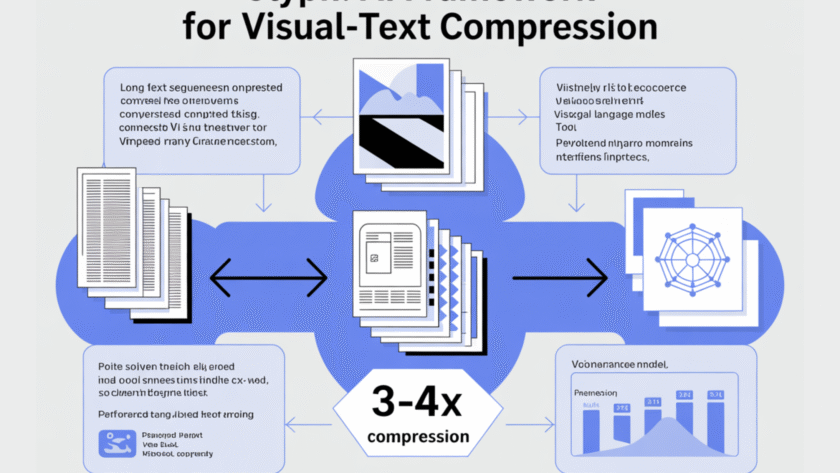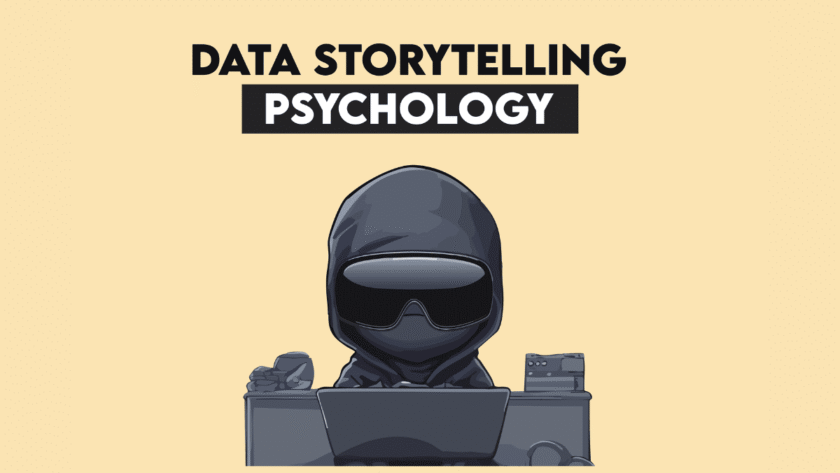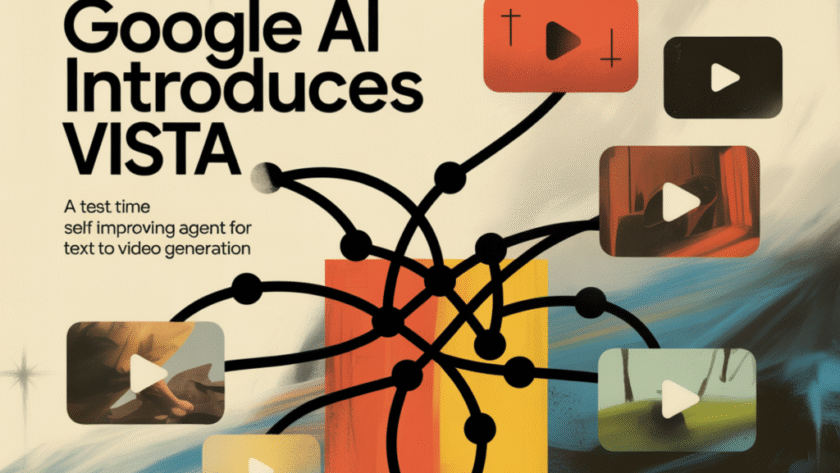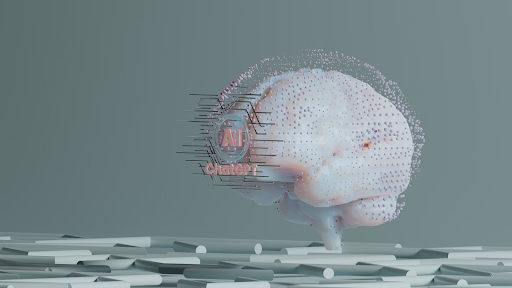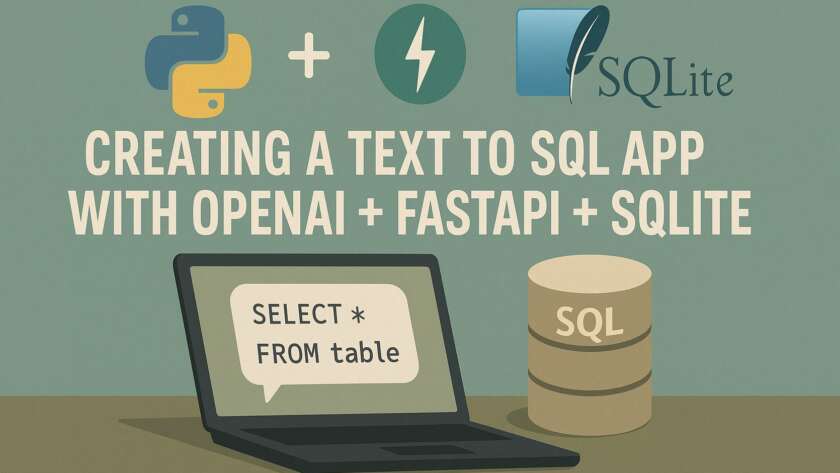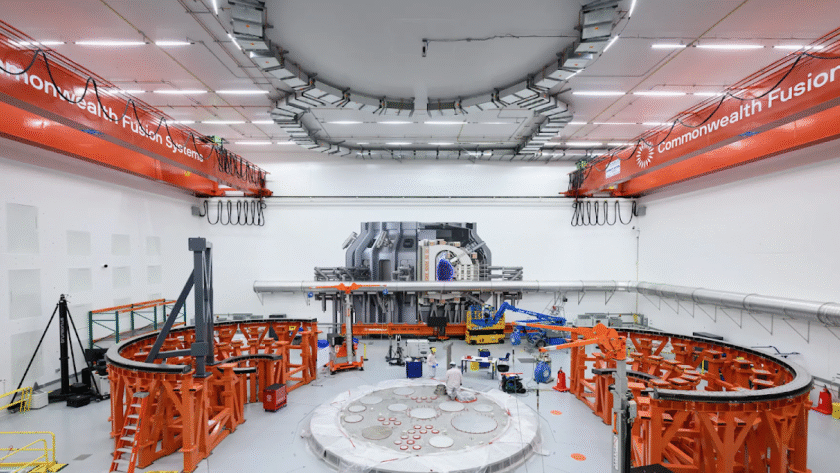Modern progress runs on information. Every business, no matter the size or industry, depends on the constant movement of data to function, serve customers, and grow. The more digital the world becomes, the more vital it is to protect that information. Data security defines a company’s reputation, reliability, and resilience.
“ Protecting data means…



